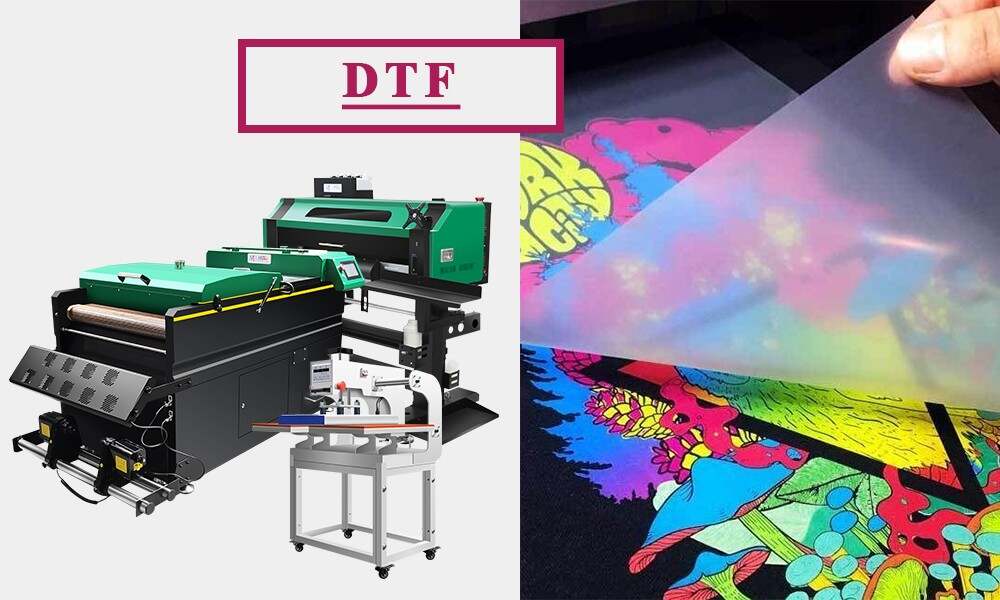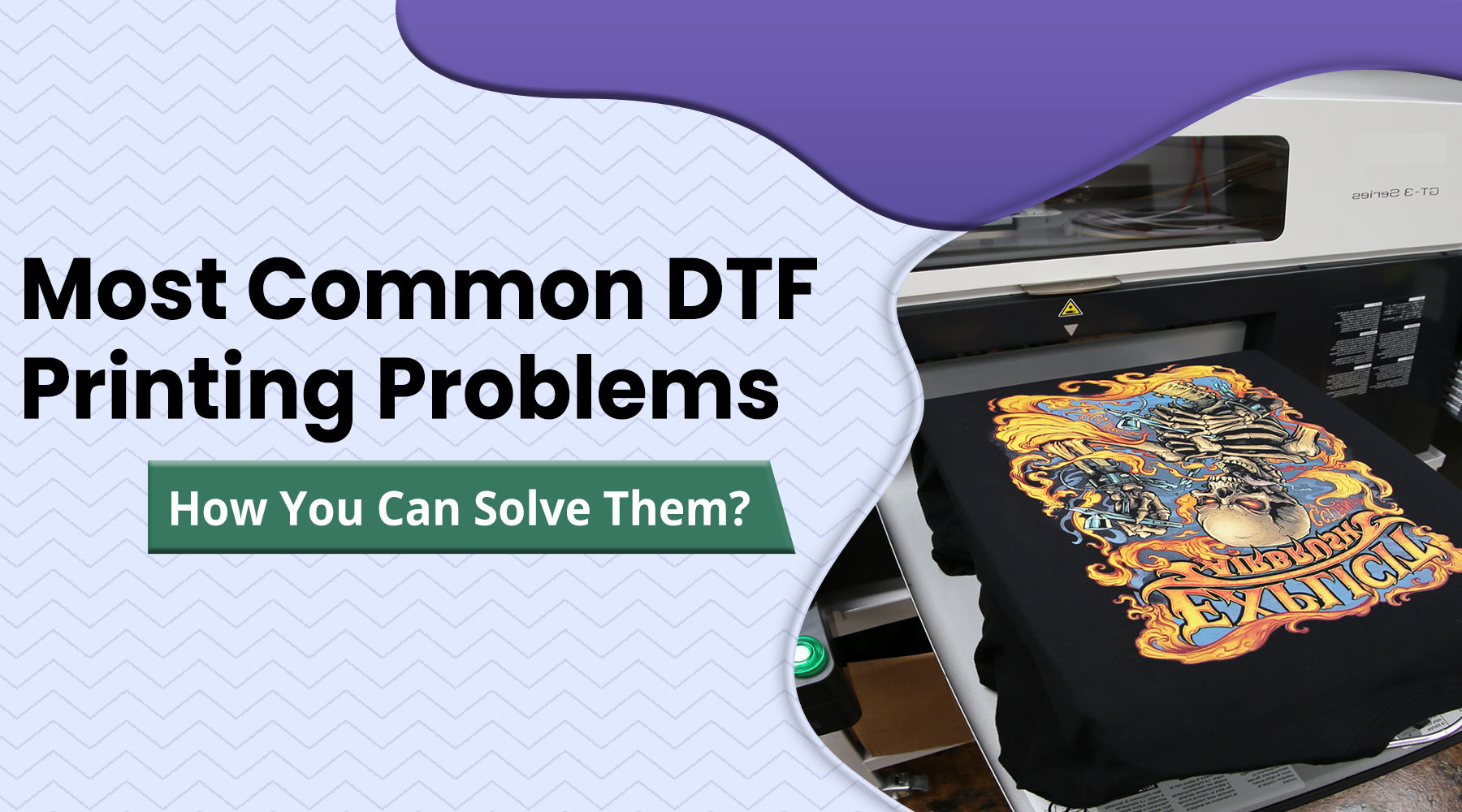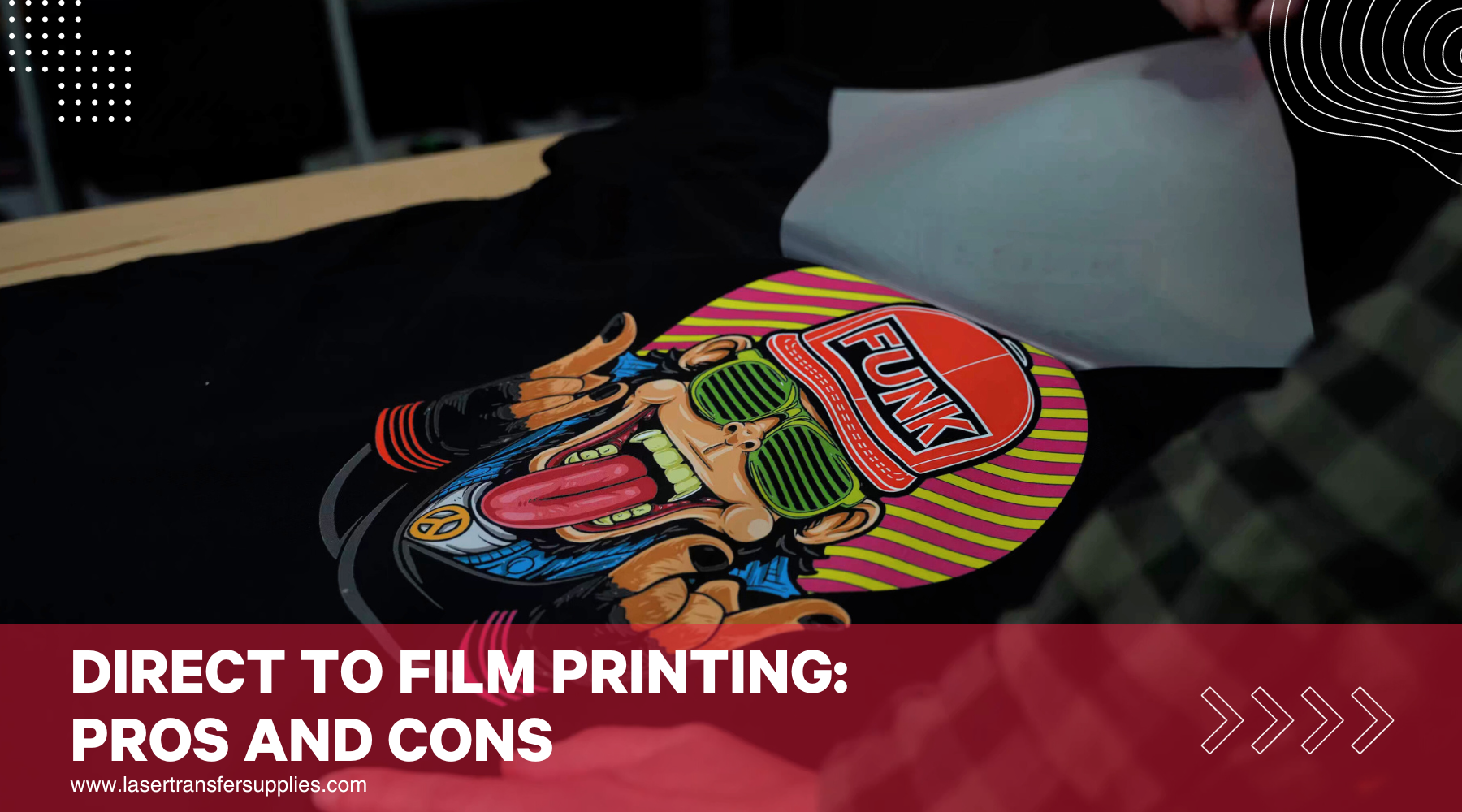Cutting-edge DTF Printing Solutions: Boost Your Garments with Direct-to-Film Technology
Cutting-edge DTF Printing Solutions: Boost Your Garments with Direct-to-Film Technology
Blog Article
Grasping DTF Printing: Idea for Achieving Vibrant and Sturdy Prints
In the globe of fabric printing, achieving long lasting and vivid prints is a desirable ability that can boost the quality of your output. From selecting the best materials to adjust print setups and perfecting post-printing finishing techniques, there are many variables that can influence the outcome of your prints.

DTF Printing Basics
For those new to the world of textile printing, understanding the principles of DTF printing is necessary to understanding this ingenious technique. Direct to Movie (DTF) printing is a modern-day technique that involves transferring layouts from an unique film onto various fabrics utilizing a heat press. Unlike conventional methods like display printing, DTF uses advantages such as vibrant shades, elaborate detailing, and the capacity to publish on diverse products like cotton, polyester, and blends.
The process starts by publishing the design on an unique DTF film making use of a suitable printer with CMYK or CMYKW ink collections. Once the layout is printed, it is after that treated with a heat press to produce a resilient and durable print. DTF printing is recognized for its ability to duplicate complicated designs with high accuracy and color accuracy, making it a popular option for organizations seeking to create custom-made apparel, advertising things, and much more.
Picking the Right Materials

Just as vital is the option of the glue powder. The glue powder works as a bonding representative in between the published style and the material, so it should have strong adhesion homes to make sure a long lasting and resilient transfer. Different fabrics might call for different kinds of adhesive powders, so it is crucial to match the powder to the textile kind for ideal results - DTF Printing. By carefully picking the appropriate materials for DTF printing, printers can enhance the quality, vibrancy, and long life of their prints.
Optimizing Publish Settings
When intending to accomplish the very best lead to DTF printing, meticulous focus to enhancing print setups is important for guaranteeing top quality and precise transfers onto textiles. One key facet to think about when optimizing print setups is the resolution. Greater resolutions generally cause sharper and more in-depth prints, boosting the overall top quality of the transfer. Additionally, changing the ink thickness can aid make sure and achieve dynamic shades that the layout stands apart on the material.
While boosting the rate can enhance effectiveness, it may compromise the last print's quality and shade saturation. Exploring with different speeds and observing the outcomes can aid figure out the optimum setting for each print job.
Furthermore, fine-tuning shade profiles and guaranteeing proper shade administration are vital for attaining precise and consistent colors across various prints. By calibrating color setups and profiles, printers can minimize shade discrepancies and produce consistent results, boosting the general print quality and consumer contentment.
Preparing Art Work for DTF Printing
Transform the art work to CMYK shade mode to guarantee that the colors equate properly from screen to print. Keep in mind to mirror the last layout prior to publishing to ensure that it transfers correctly onto the garment. By complying with these steps and paying close interest to the information, you can prepare art work that is maximized for durable and dynamic DTF prints.
Post-Printing Finishing Methods
Carrying out efficient post-printing completing methods is critical to boosting the durability and visual appeal of DTF prints on textiles. As soon as the printing procedure is full, using warmth to the published style is necessary (DTF Printing). Warm not only aids in curing the ink but also ensures that the shades are vivid and durable. A warm press maker evaluated the recommended temperature and stress setups can assist achieve optimal outcomes.
After warm pushing, removing the animal movie meticulously is an essential action. This process needs to be done gradually and progressively to avoid any damages to the print. Once the movie is eliminated, the print might need continue reading this additional healing time to even more establish the ink into the textile. This step aids boost the washability and sturdiness of the print, ensuring it can stand up to multiple laundry cycles without fading or cracking.
In addition, cutting any excess movie around the layout can give the last print a expert and tidy look. Making the effort to properly complete DTF prints post-printing can dramatically impact the overall high quality and long life of the textile design.

Final Thought
To conclude, grasping DTF printing needs a thorough understanding of the basics, choosing proper products, maximizing print settings, preparing artwork efficiently, and using post-printing completing strategies. By adhering to these tips and tricks, one can accomplish lively and sturdy prints that meet their desired quality standards. Consistent practice and attention to detail are important in achieving successful outcomes in DTF printing.
From selecting the right materials to fine-tuning print setups and perfecting post-printing ending up strategies, there are countless variables that can affect the end result of your prints. Unlike standard find more info techniques like screen printing, DTF provides advantages such as vivid shades, complex outlining, and the ability to print on varied products like cotton, polyester, and blends.
As soon as the style is printed, it is then healed with a warmth press to produce a lasting and durable print.When intending to accomplish the ideal results click here for info in DTF printing, precise focus to maximizing print settings is essential for ensuring premium and accurate transfers onto fabrics.In final thought, mastering DTF printing calls for a complete understanding of the fundamentals, selecting proper materials, maximizing print settings, preparing art work efficiently, and making use of post-printing completing techniques.
Report this page